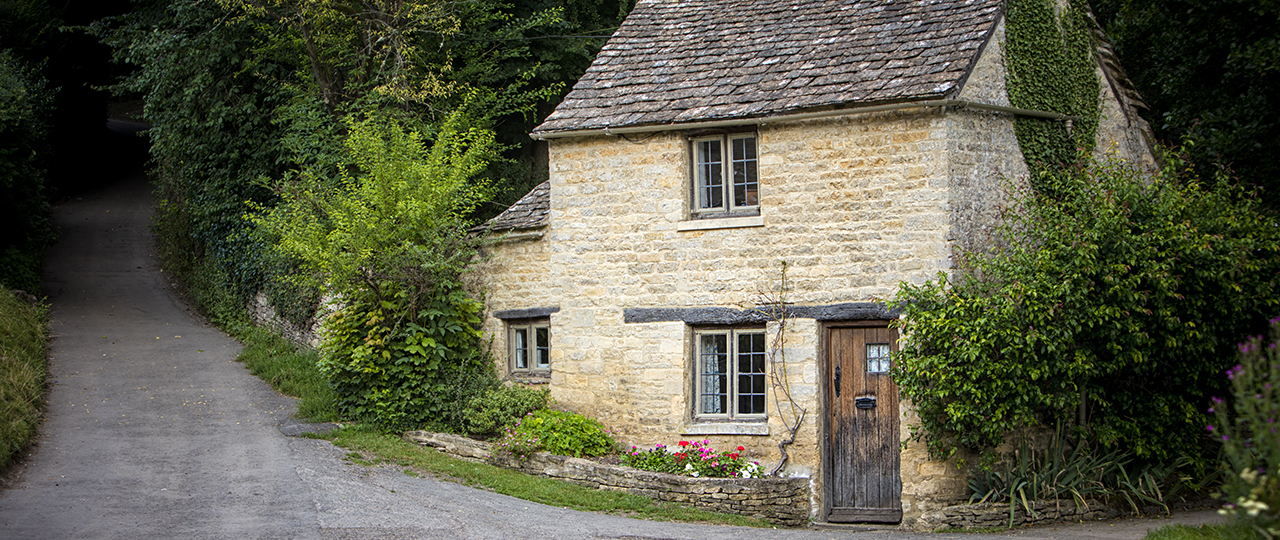Cost-effective ways to improve a property’s energy performance to meet MEES requirements
The rules that landlords with let residential property are required to meet under Minimum Energy Efficiency Standards (MEES) regulations are set to tighten within the next few months.
From 1 April 2020, the requirement for let homes to have an Energy Performance Certificate (EPC) rating of E or above will apply to existing residential tenancies, as well as new lettings.
This means that from April 2020 a landlord must not continue letting any domestic property, subject to a number of exemptions, if it has an EPC rating of F or G.
Any exemptions previously granted under the “no cost to the landlord” rule, registered between 01 October 2017 and 31 March 2019, also come to an end on 31 March 2020.
This means that these landlords will now be obliged to carry out energy improvement measures recommended in the EPC up to a cost cap of £3,500 in order to upgrade the property.
Ways to improve EPC ratings
We have noted previously that the recommendations on improving the energy efficiency of a property often tend to prioritise some of the more intrusive and costly measures, such as adding roof or wall insulation or installing new double glazing.
However, in our experience, there may be more cost-effective ways of getting a property up to standard and it is worth exploring with your EPC assessor whether these alternative options are right for you.
For example, we recently worked on a property with a current EPC rating of F34, where the assessor’s initial recommendation – to get it up to an E52 rating – was to add internal or external wall insulation with an indicative cost of £4,000-£14,000.
Our recommendation was to install secondary glazing to the current single-glazed windows and to install a room thermostat to improve control of the heating system.
Installing these measures cost a total of £1,750 – considerably less costly than installing wall insulation – and took the property to an E40 rating, which still meets the minimum requirement under MEES.
Similarly, we took another property from a G4 EPC rating to an E40 rating by replacing one storage heater with a high-retention storage heater and dual meter, insulating the loft space with 270mm of insulation and draught-proofing all doors and windows.
Every property is individual and what works for one property may not work for another.
However, it is well worth looking at some of the following options, either in isolation or in combination, to see what can be achieved.
Alternative solutions to raising an EPC rating:
• Secondary glazing
• Room thermostats
• Increase loft insulation thickness
• Draught-proof windows and doors
• Increase the thickness of the hot water cylinder jacket
• Installing low energy (Low E) lamps throughout
• Insulating internal ceiling slopes in roof rooms
• Replacing one or more storage heaters with high-retention storage heaters or introducing a high-retention heater where open fires and log burners are currently the only heat source
• Change existing non-condensing boiler to a condensing boiler
Read further information about high-retention storage heaters and other technologies that can offer home owners significant energy improvements.






